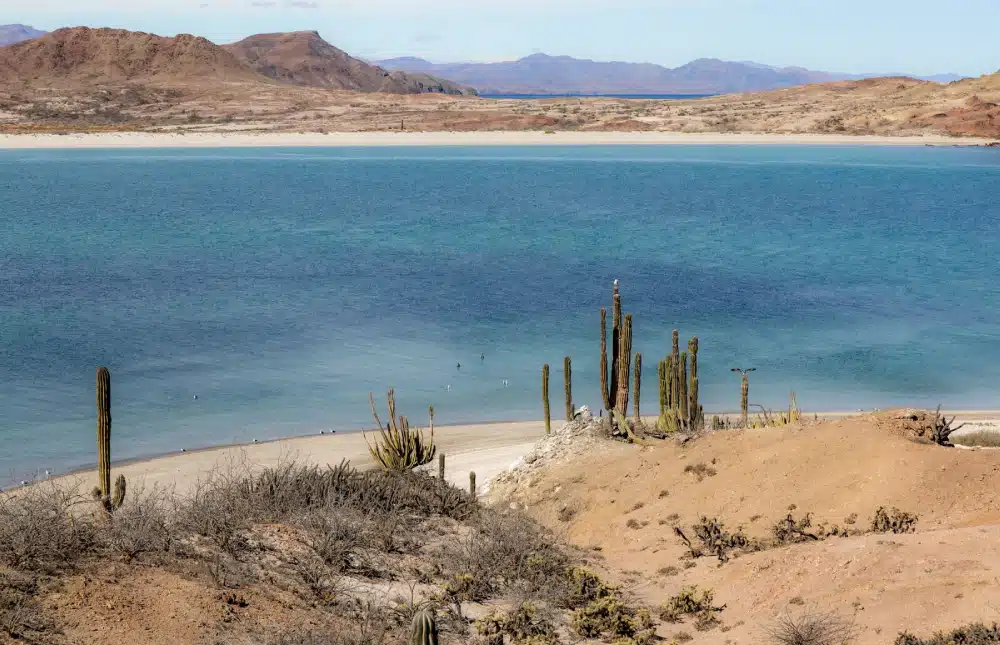Oasis between sea and ocean
Lying between the Pacific Ocean and the Sea of Cortez, Baja California is a gem at the far reaches of Mexico. Still largely undiscovered, this fascinating peninsula is set to host a new expedition in 2027, the result of a reconnaissance journey led by José Sarica, Director of Expedition Experience at PONANT and a cetacean specialist. This is the story of 20 days of exploration.
First encounter with raw and powerful nature
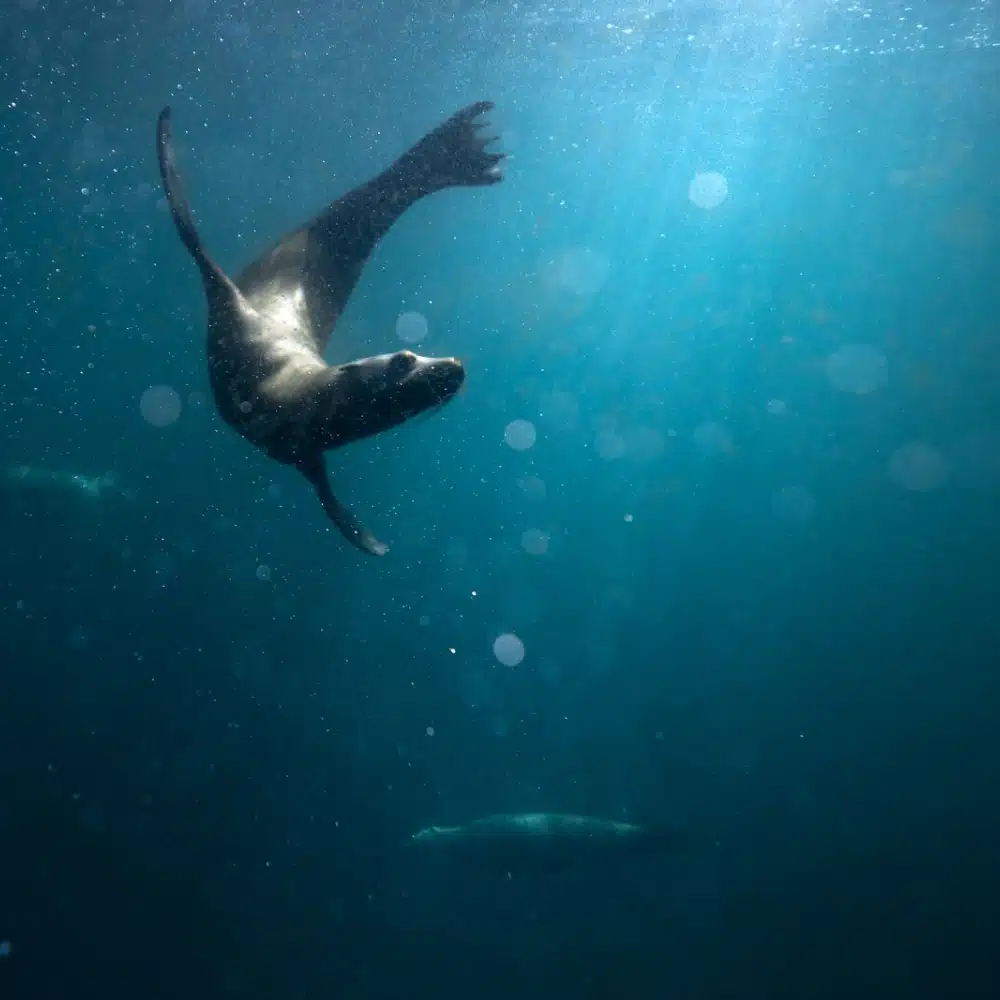
Cabo Pulmo: a meeting with the guardians of the sanctuary
The road then led the team to the south-east of the peninsula, to Cabo Pulmo, a bastion of marine biodiversity conservation in Baja California. Here, José Sarica met one of the key figures in the region’s shift toward ecotourism in the 1990s, Mario Castro. A former fisherman, Castro realised that the abundance of the past would never return without proper regulations to halt the over-exploitation of fish stocks. He raised the alarm with scientists and associations, and rallied the local community to petition the Mexican government for the creation of a protected national park. With fishing banned in the marine park, the reef beneath the surface began to recover. Fish populations surged and former fishermen became certified divers and nature guides.

José Sarica
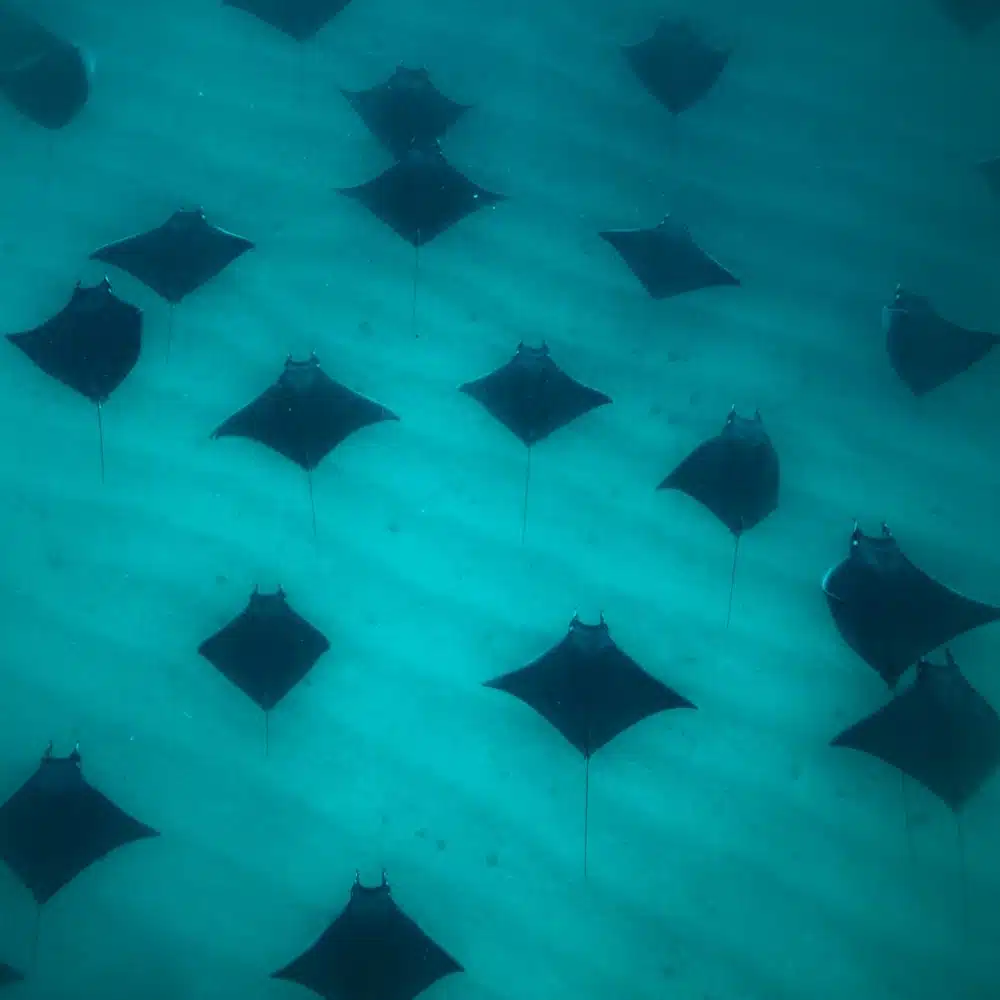
After a dive among a school of mobula rays, flying underwater in perfect coordination and leaping “like angels“, the scouting continued northwards towards Loreto National Park.
Loreto National Park: “the perfect stopover”
Snorkelling, whale watching, … At Loreto National Park, “everything connects“. “It’s the perfect stopover,” sums up José Sarica. He was already imagining the experiences that could be offered to passengers: on Coronado Island, the idyllic beach will delight the most contemplative travellers, while the Steinbeck canyon or the summit of the stratovolcano will attract seasoned hikers with their breathtaking views.
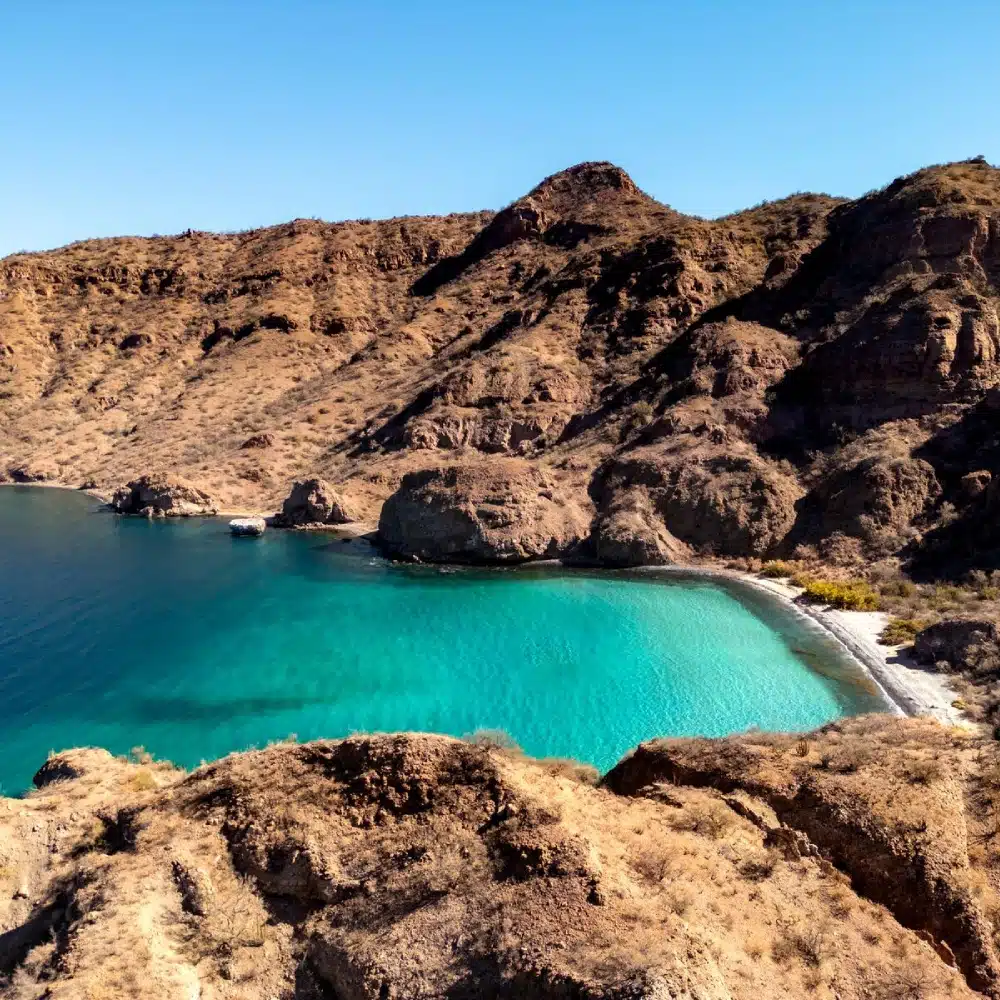
When a pod of around a hundred bottlenose dolphins (Tursiops) appeared in the crystal-clear waters off Carmen and Danzante Islands, the experience turned into a “life-sized wildlife documentary. I’ve rarely witnessed such an exceptional sight,” says José Sarica.

José Sarica
John Steinbeck in Baja California
Some sites in Baja California bear the name Steinbeck, a direct reference to the writer. In 1940, fleeing the backlash that followed the publication of The Grapes of Wrath, he embarked on a scientific expedition led by biologist Ed Ricketts. In the Sea of Cortez, the travel journal he brought back with him, is considered a pioneering work in the field of ecology.
In search of grey whales in Baja California
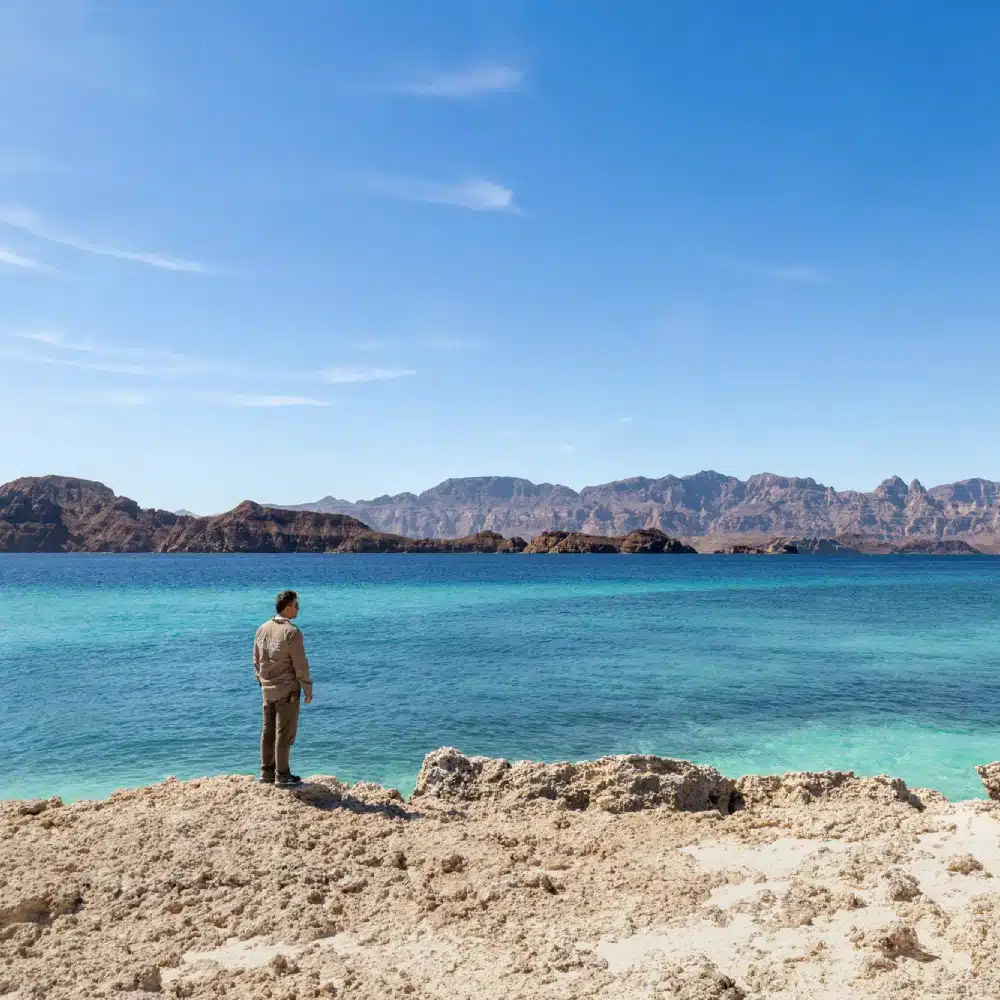
As a passionate expert on cetaceans, particularly grey whales, José Sarica had dreamed of meeting them for over 40 years. Thinking about how to share this experience with passengers was the main reason that led him to cross and explore Baja California. Every year, from mid-December to mid-April, they migrate from the icy waters of Alaska or Siberia to the lagoons along the Pacific coast of Baja California to reproduce. “It’s the longest migration of any mammal,“ José points out. The team therefore headed west.
In Magdalena Bay, a humpback whale was the first to put on a show. Its acrobatic feats out of the water have earned it the nickname “the clown of the seas“, explains José Sarica. The team savoured this spellbinding moment but was left wanting more, so they continued their journey further north in search of grey whales.
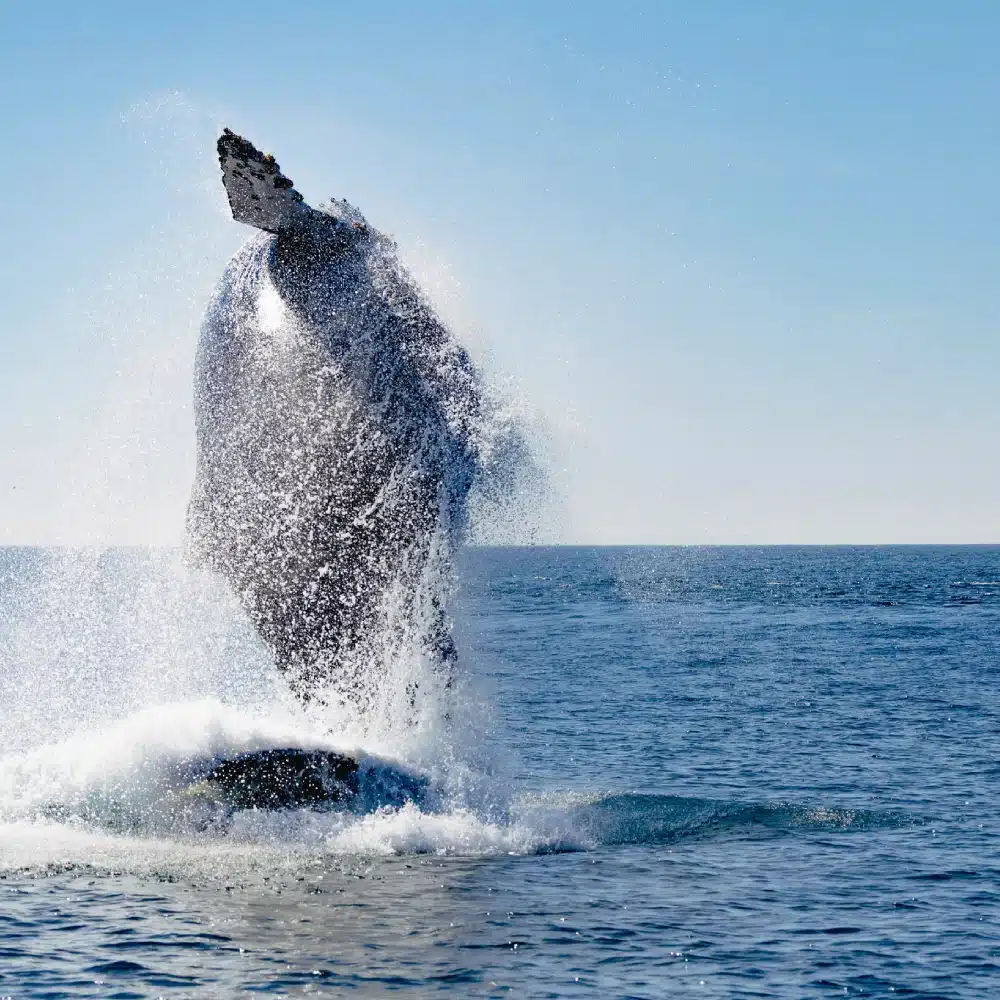
While the males remained shy in the San Ignacio lagoon, in Guerrero Negro, a site renowned for hosting the largest population of grey whales in Baja California, of which a small proportion estimated at 10% show curiosity towards humans, they finally answered the call.

José Sarica
This lagoon is especially popular with cetaceans, as the high salt density allows mothers to give birth knowing that their calves will float quickly to the surface, avoiding the risk of drowning. A secret passed down through generations of whales…

José Sarica
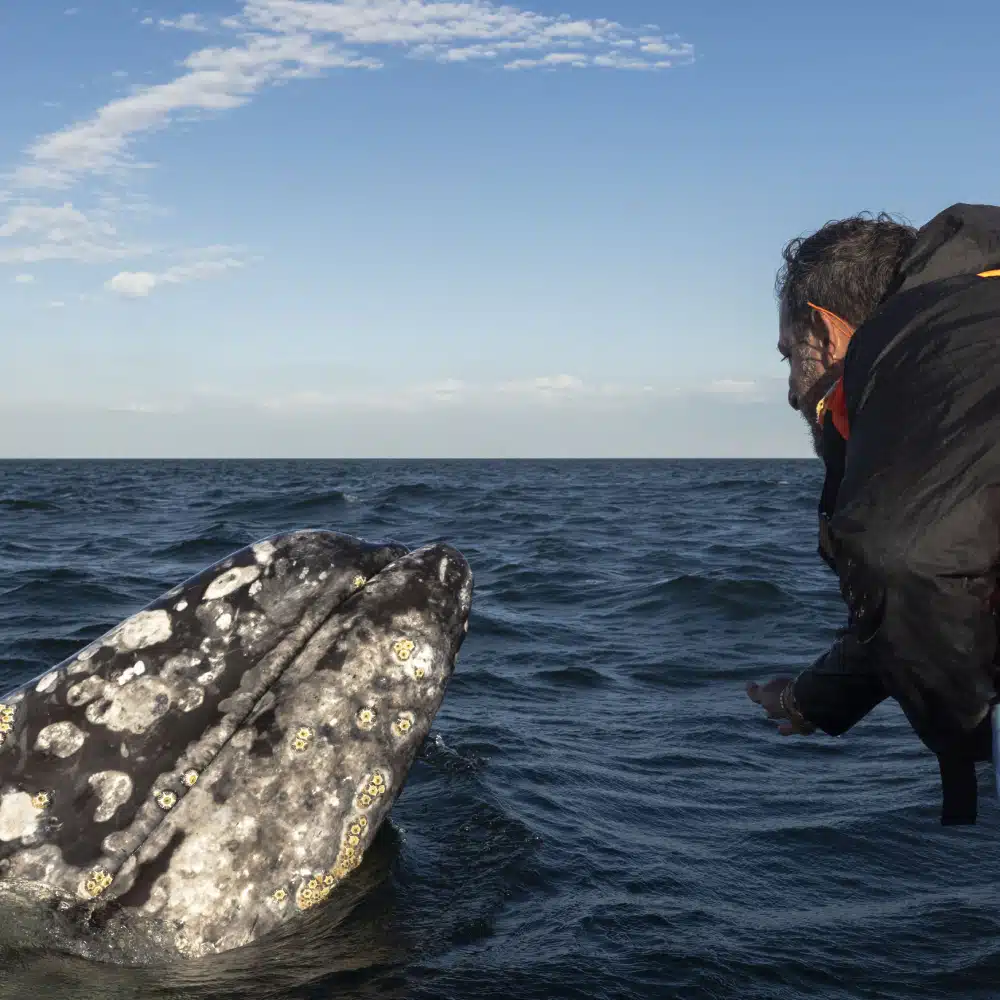

José Sarica
Explore, respect, share
Watching a group of sea lions floating with their flippers spread out like fans to regulate their body temperature, swimming freely alongside them, listening as the young recognise their mother’s calls, silently gliding through the mangroves as pelicans dive into the water, communing with grey whales… These moments of grace are reserved for those who know how to slow down, step back and let the spectacle of nature unfold.

José Sarica
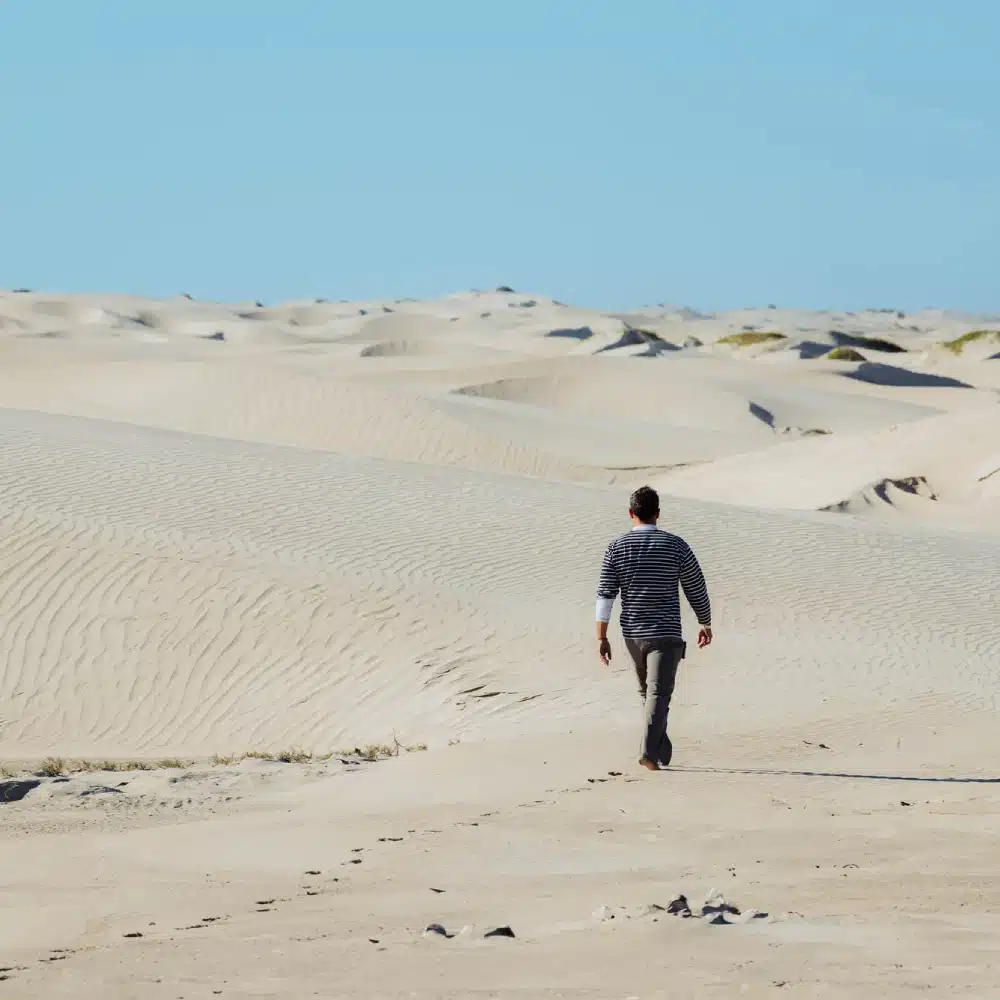
This care is also reflected in our adherence to biosecurity protocols that we implement for every visit to a sensitive site, whether in polar or tropical regions: handwashing with environmentally friendly soap, disinfection of equipment put in the water, etc. The goal is to take every possible precaution to avoid any biocontamination, whether from humans to animals or vice versa. And one guiding principle: let the animals initiate contact. This approach is strengthened by our decision to “work only with local guides and boats that the whales are familiar with,“ emphasises José Sarica.

José Sarica
Everyone will return as an ambassador for the destination. “We protect better what we know,” José Sarica reminds us. “What we want is for passengers to leave transformed. For them to understand that what they’ve experienced is not just a fortunate opportunity, but also a responsibility, and perhaps even a commitment.“
Watch the documentary to learn more about this exceptional scouting across Baja California:
Photo and video credits : ©PONANT : J. Fabro
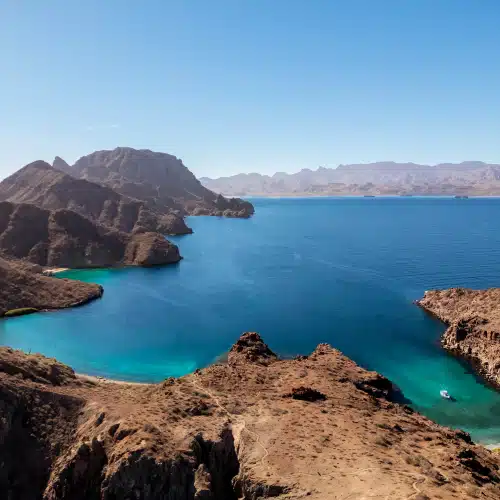
PONANT takes you there
Enjoy an exclusive and unprecedented experience in Baja California

